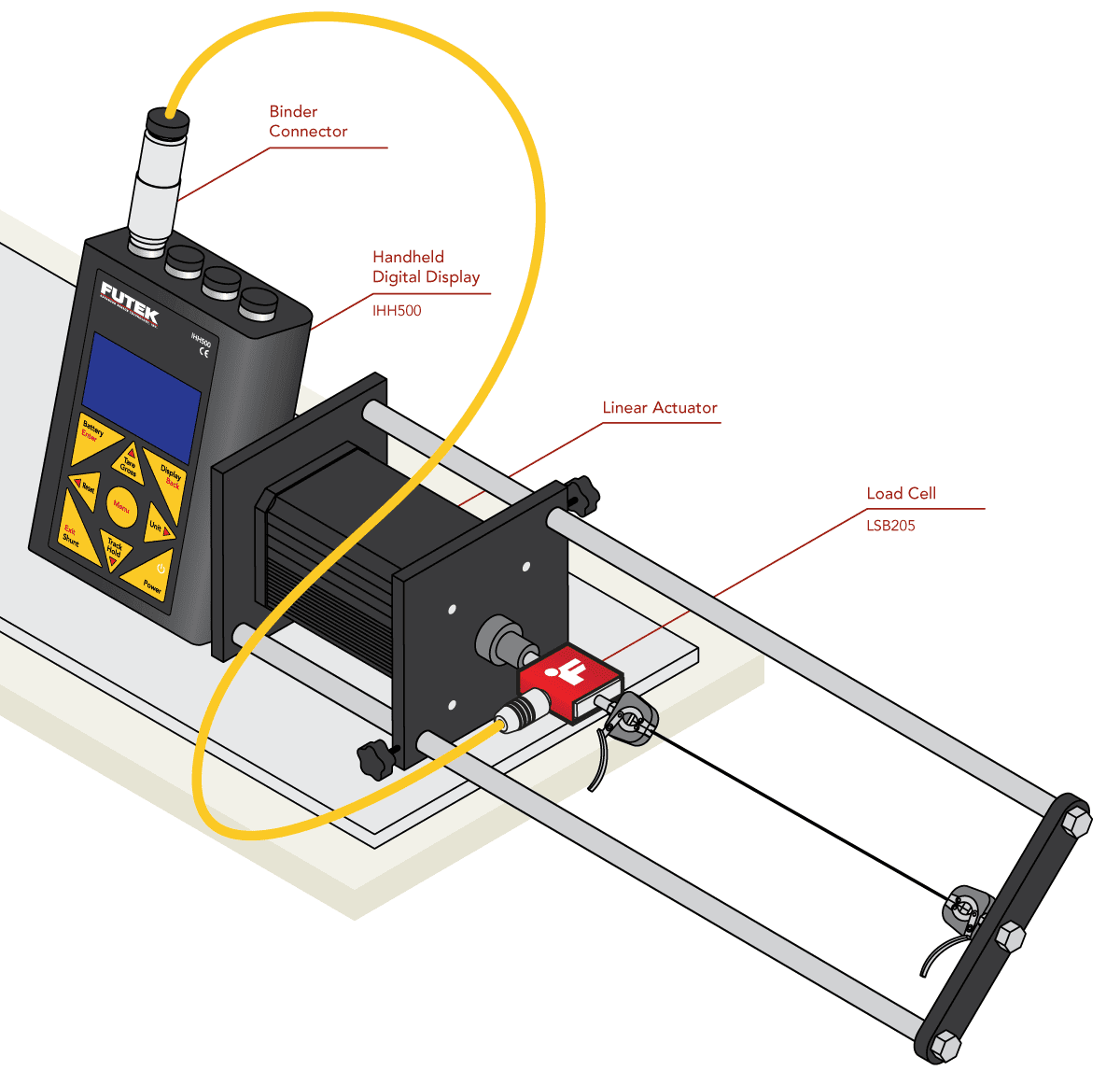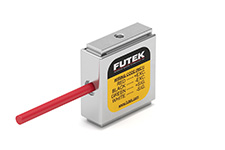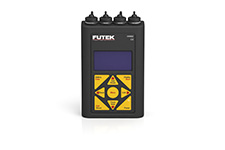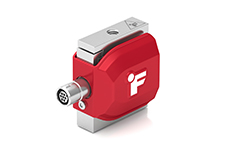In the medical industry, guidewire testing can provide a means of evaluating material quality, and core wire consistency and reliability. In this automated guidewire testing system FUTEK’s LSB200 is integrated to the wire clamp, guided by an actuator, to record the peak force or breaking force of the guidewire under test.
How it Works
Medical guidewire testing systems enables two types of wire tensile testing: destructive and non-destructive.
During a destructive guidewire tensile test, a guidewire is secured between a prescribed clamp on one end and a clamp on the other. The guidewire is then pulled apart until the specimen breaks.
During a non-destructive guidewire tensile test, a guidewire is secured between a prescribed clamp on one end and a clamp on the other. The guidewire is then pulled at a controlled rate until a specific force is reached to ensure high reliability and safety of wire.
FUTEK’s LSB200 Jr. Miniature S-Beam Load Cell is attached in line with the automated clamp to measure the pulling force exerted on the guidewire under test.
FUTEK's IHH500 can capture and display the peak force right before wire breakage.
Products in Use
Jr. Miniature S-Beam Load Cell (LSB200) paired with Instrumentation (IHH500 Display).
Contact Us
Please Contact Us with questions.
In the medical industry, guidewire testing can provide a means of evaluating material quality, and core wire consistency and reliability. In this automated guidewire testing system FUTEK’s LSB200 is integrated to the wire clamp, guided by an actuator, to record the peak force or breaking force of the guidewire under test.




